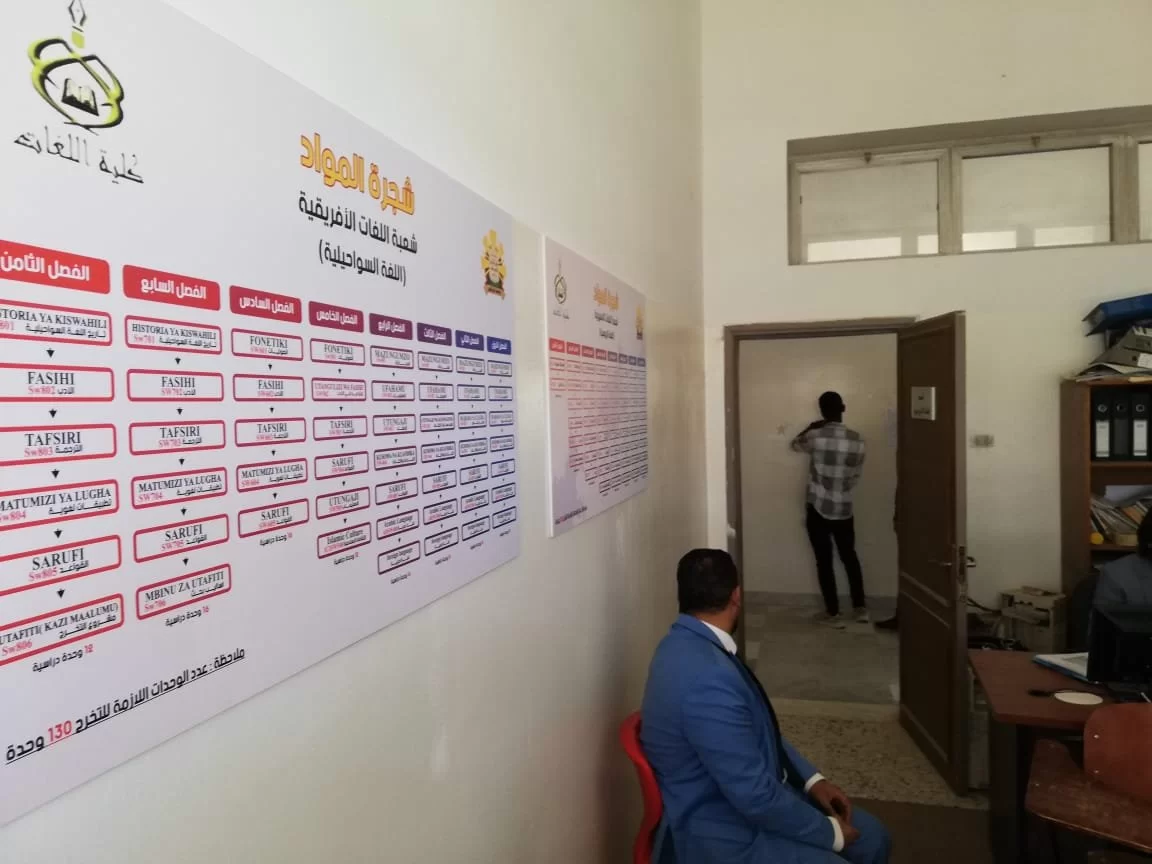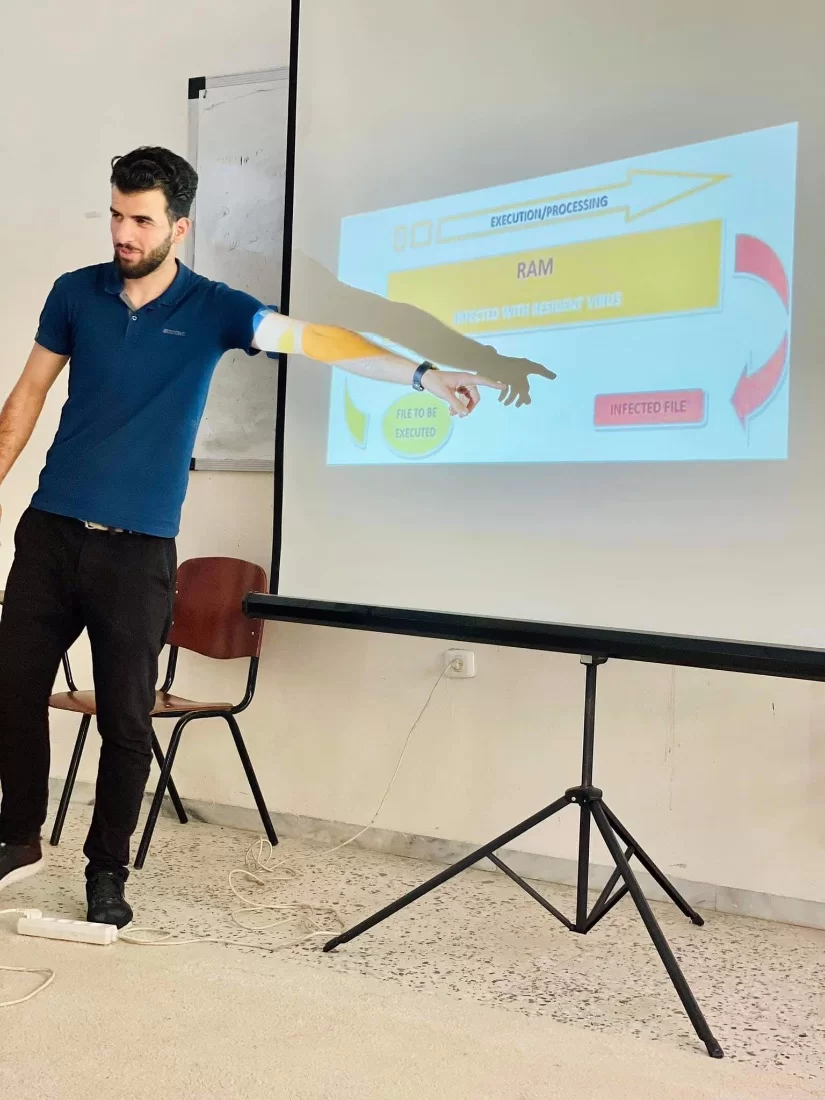كلية اللغات
المزيد ...حول كلية اللغات
في العام الدراسي 1987/1986م تأسست كلية اللغات تحت اسم مركز اللغات، في سنة 1988م صدر قرار اللجنة الشعبية العامة (سابقا) رقم 245 لسنة 1988م بتسمية المركز بإسم كلية اللغات، في العام 2002م أدمجت كلية اللغات وكلية العلوم الاجتماعية والتطبيقية وكلية التربية تحت مسمى "كلية الآداب".
في بداية فصل الخريف من العام الجامعي 2009/2008م أعيد نشاط كلية اللغات الأكاديمي في جميع مراحله عملاً بقرار اللجنة الشعبية العامة (سابقاً) رقم 535 لعام 2007م بشأن إعادة تنظيم الجامعات والمعاهد العليا، ومن ثم تم فصل أقسام اللغات جميعها "طلاباً وأساتذة" والتي كانت مندمجة في كلية الآداب.
كلية اللغات في عصرها الثاني تضم ستة أقسام هي:
اللغة العربية.
اللغة الإنجليزية.
اللغة الفرنسية.
اللغات الأفريقية.
اللغة الإسبانية.
اللغة الايطالية.
قسم الترجمة
حقائق حول كلية اللغات
نفتخر بما نقدمه للمجتمع والعالم
المنشورات العلمية
هيئة التدريس
الطلبة
الخريجون
أخبار كلية اللغات
البرامج الدراسية
ليسانس لغة فرنسية
يهدف البرنامج الي تأهيل مختصين في اللغة الفرنسية وذلك عن طريق مسيرة دراسية تمتد علي...
التفاصيلمن يعمل بـكلية اللغات
يوجد بـكلية اللغات أكثر من 161 عضو هيئة تدريس

أ. أماني محمد خليفة بلاعو
أماني بلاعو هي احد اعضاء هيئة التدريس بقسم اللغة الانجليزية بكلية اللغات. تعمل السيدة أماني بلاعو بجامعة طرابلس كـمحاضر مساعد منذ ولها العديد من المنشورات العلمية في مجال تخصصها






















